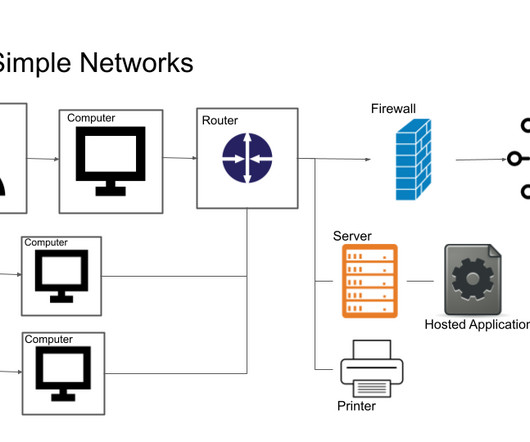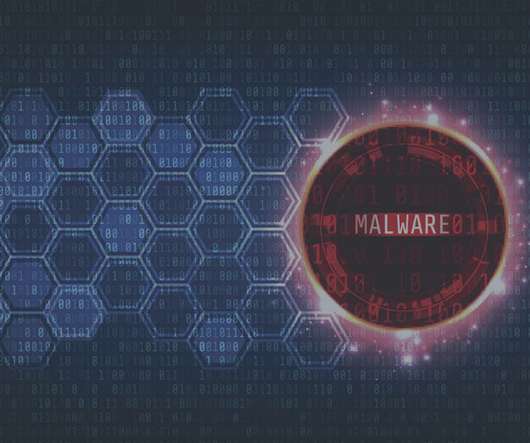IT threat evolution Q1 2021. Non-mobile statistics
SecureList
MAY 31, 2021
If the victim organization is slow to pay up, even though its files are encrypted and some of its confidential data has been stolen, the attackers additionally threaten to carry out a DDoS attack. In addition to DDoS attacks, it has added spam and calls to clients and partners of the victim company to its toolbox. into the system.






















Let's personalize your content